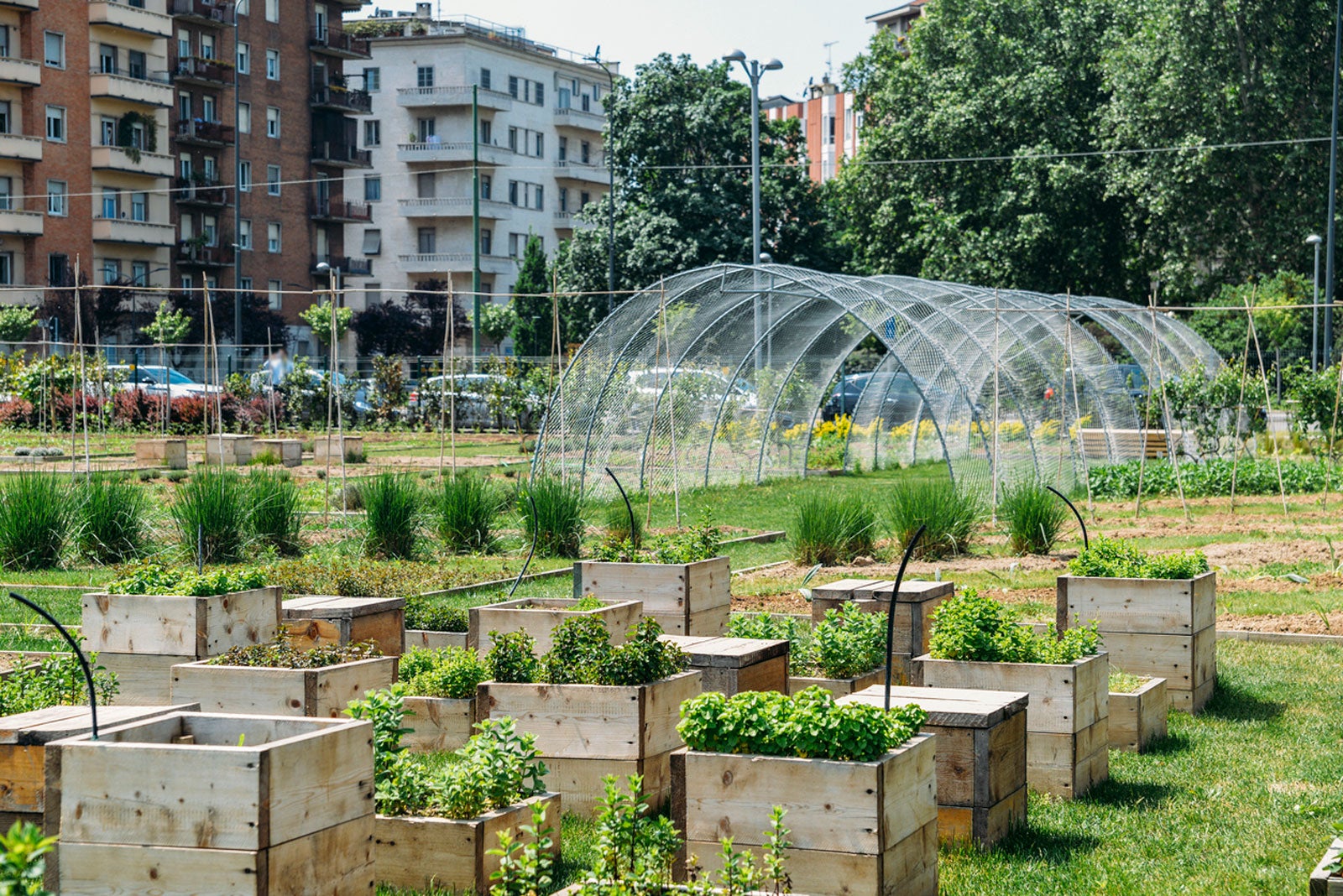Getting The City Blooming To Work
Getting The City Blooming To Work
Blog Article
The 9-Minute Rule for City Blooming
Table of ContentsSome Ideas on City Blooming You Should KnowGet This Report on City BloomingThe Ultimate Guide To City BloomingThe Greatest Guide To City BloomingNot known Factual Statements About City Blooming
Interested in growing food for sale in the City of Chicago? Below is a listing of often asked questions regarding the policies and policies that cultivators ought to think about when planning a city farming job.
The zoning modification does not customize any various other codes managing composting, building authorizations, purchasing or leasing City owned home, organization licenses or ecological contamination. There are existing codes that control these problems and they remain in full result and may apply to your job. Area gardens are commonly owned or managed by public entities, civic companies or community-based companies and preserved by volunteers.
Urban ranches grow food that is meant to be marketed, either on a not-for-profit or for-profit basis. Because of their industrial objective, city farms need a company permit. Yes. A community garden is allowed to sell surplus generate that was grown on website if the sales are accessory or secondary to the garden's primary function defined over.
Indicators on City Blooming You Need To Know
Composting is permitted however only for plant material that is created and used on website. The amount of compost material can not exceed 25 cubic yards at any provided time according to the requirements in 7-28-715 of the City's Municipal Code. Yes. Since the dirt at the majority of brand-new yard websites needs changing, compost, dirt, wood chips, or other materials can be obtained to construct or enhance the growing room - urban gardening.

If a building permit is called for then the hoophouse will be taken into consideration an accessory building. You can discover even more about the building license demands by calling the Department of Structures. The 25,000-square-foot dimension limit is meant to stop a single community garden from controling a given block or detracting from the block's existing domestic or industrial personality.
The limit does not apply to yards located in Public Open Room (POS) areas. Can there be even more than one neighborhood garden that is 25,000 square feet on a solitary block? Yes. The size restriction puts on specific yards, not to specific blocks. No. Fencing is not needed, however, yards that have big vehicle parking areas may be needed to mount fence or various other landscaping functions.
The Ultimate Guide To City Blooming
B1 & B2 districts require that all business usage activities be carried out inside. R areas restrict commercial activity. from this source The guidelines show the objective and intent of the Zoning Code. Is fence needed for city ranches? Yes. Fencings may be required, along with landscaping and testing, for sure vehicle parking locations and outdoor work or storage space locations depending upon area and the certain task taking location.
Urban ranches need structure licenses and zoning authorizations prior to construction (sustainability). Other forms of city evaluation may be called for depending on particular structures, tasks, dimension, landscaping, licensing, public heath and stormwater monitoring issues.
Yes. The kind of license is established by what is happening at the website. The Division of Company Affairs and Customer Security can assist determine the particular sort of organization certificate that's called for. Yes. Off road auto parking is required for many business jobs in Chicago. The called for number of auto parking spaces is based upon the number of employees dealing with site and not the square video footage of the growing space.
The Best Guide To City Blooming

Yes. A city ranch can market garden compost material generated on site, however, the procedure has to abide with the guidelines in 7-28-715 of the Chicago Municipal Code. Yes. Aquaponic systems are permitted inside your home on city farms in lots of zoning districts. Nevertheless, a zoning testimonial and building permit is required in order to install structures or systems and a company license is called for as defined over.
Approximately 5 hives or nests of honey bees may be kept as an accessory usage. Nevertheless, beekeepers have to sign up with the Illinois Division of Farming. For more details regarding the proposed zoning change you may contact the Division of Housing and Economic Development, Bureau of Planning and Zoning at 312.744.8563.
Farming in cities and city locations A metropolitan farm in Chicago. Urban agriculture refers to numerous practices of growing. http://go.bubbl.us/e31e8c/192c?/City-Blooming, handling, and distributing food in urban locations. The term likewise applies to the location tasks of pet husbandry, aquaculture, beekeeping, and cultivation in a metropolitan context. Urban agriculture is distinguished from peri-urban farming, which happens in backwoods beside residential areas.
Rumored Buzz on City Blooming
It can entail an activity of organic cultivators, "foodies" and "locavores", that seek to create social networks based on a shared values of nature and area holism. These networks can create by method of official institutional assistance, becoming incorporated into local community planning as a "change community" activity for lasting metropolitan growth.
The a lot more straight accessibility to fresh veggie, fruit, and meat items that might be understood through urban agriculture can enhance food safety and food safety and security while decreasing food miles, resulting in lower greenhouse gas discharges, thus adding to climate adjustment mitigation. Some of the very first proof of city agriculture originates from Mesopotamia.
Report this page